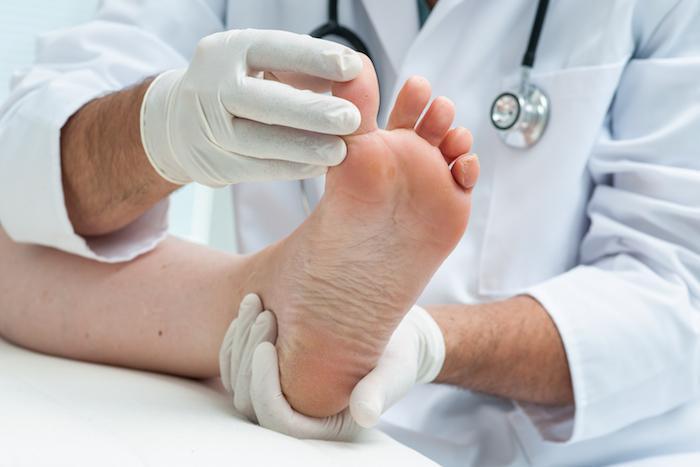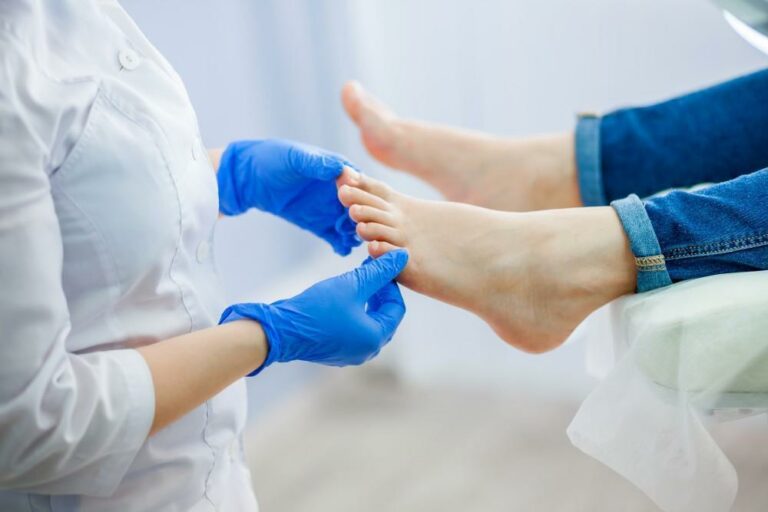If you have a hammertoe, you may experience discomfort or even pain while standing or walking. With a hammertoe, the affected toe forms an arch, with the middle joint at the peak. It most commonly occurs in the second, third, or fourth toes.
If you’ve only had the condition for a short period of time, you may be able to correct it with some simple interventions. However, in some cases, surgery may be required to fix it.
The good news is that either way, the condition is usually curable. In this blog, the providers at Great Lakes Foot and Ankle Institute explain what causes hammertoe and how the condition can be corrected.
The causes of hammertoe
Hammertoe develops because of an imbalance in the muscles, tendons, and ligaments of the affected toe, thus causing the toe to form an arch. While some people can be genetically prone to developing this condition, many cases are caused by behaviors that affect the toes.
The most common culprit is wearing shoes that are too tight, especially in the toe area. High heels, in particular, pinch the toes and put more pressure on the toes. However, wearing any shoes that don’t allow enough room for your toes can cause the condition. People with diabetes are also more at risk for developing hammertoe.
Nonsurgical treatments for hammertoe
If the condition is in its early stages, you may be able to correct it before it becomes a big problem. As mentioned, your choice of shoes can have a big impact on preventing or correcting the problem. If you normally wear high heels or other tight shoes that pinch your toes, switching to roomier shoes may alleviate the problem.
Furthermore, certain exercises may help your affected toe regain strength and balance. For example, try picking up a towel with your toes. You can also use ice packs to help reduce any swelling. And you can try using shoe inserts to alleviate the discomfort.
Surgical treatments for hammertoe
If your toe is still movable and flexible, nonsurgical treatments may help. However, if your toes are bent in a rigid state, nonsurgical treatments may not be effective in correcting the problem. If this is the case, we may recommend a surgical procedure to correct the problem.
We may try one of two methods to surgically repair your hammertoe. The first is a tendon transfer, in which we release the tendon at the bottom of the affected toe and put it on top of the toe to provide a downward force to prevent the toe from arching. This may be a good option if your toe is somewhat flexible.
The other surgical method is a joint resection, in which we may cut ligaments, tendons, and bone to straighten the toe. In some cases, we may even place pins to hold the joint in place while you heal.
If you have hammertoe, we can help. To learn more about your options, book an appointment over the phone with Great Lakes Foot and Ankle Institute today.







